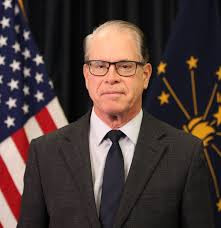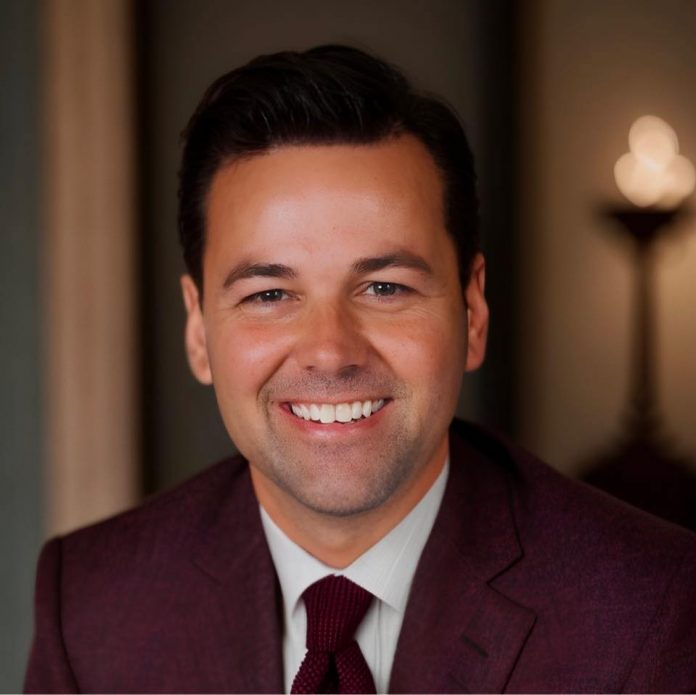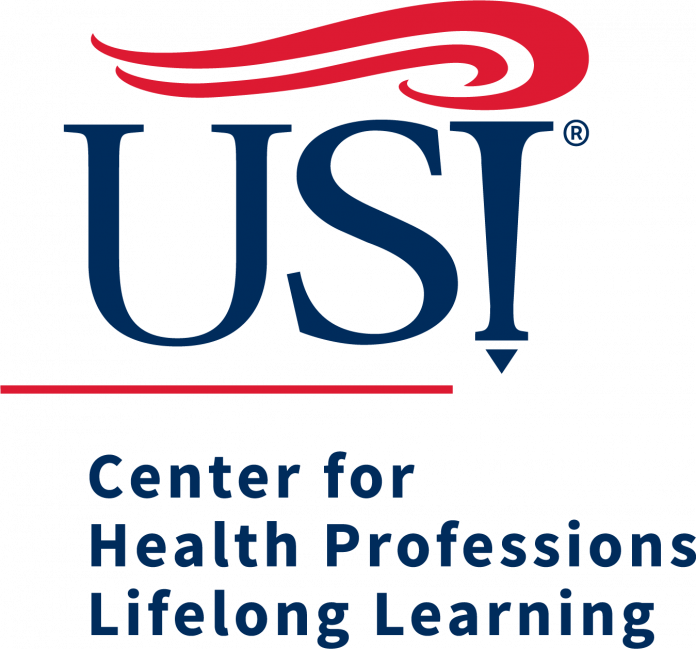MARY MICHNA, The Indiana Capital Chronicle
In just a few days, I’ll move into an affordable independent-living neighborhood for seniors in Valparaiso. I was on a waiting list for three years.
Waiting is a roller coaster. At first, you dream, plan, and purge belongings with a purpose. But as the months tick by, the excitement fades. You stop packing. The goal feels out of reach. You start wondering if maybe it’s easier to stay put and try to manage a large property — even if it’s more than you can handle.
There is enough to deal with as one ages, but for many, independence is everything. I was fortunate to be physically able to live in my home, but many seniors struggle. A neighbor I know sleeps on his first floor couch because he can no longer climb stairs. And while you’d think downsizing would save money, today it often means higher costs, fewer options, and more stress.
As focused as I was on my own dilemma, I knew I was not alone. As a new member of the Social Justice Committee at Christ Lutheran Church, we worked with eight area congregations under the direction of We Make Indiana, an organization that supports people of faith and conscience to create change. We did our own research, met with local officials, and brainstormed ways of tackling the crisis. We then began to plan a large public meeting to talk about solutions to the housing crisis and invite our local leaders to lead. Our focus was “Housing for All” – seniors, first-time home owners, renters who need to be close to their jobs, and the growing homeless population in Porter County.
On a Saturday in May, the Porter County Housing Assembly drew a crowd of close to 200 area residents. We shared personal stories, reviewed data, and examined decades of policies that shaped today’s shortage. One story that stuck with me came from a single mother and professional who, despite her career and working two, three or four jobs, bounced between friends’ couches because rent in Valparaiso was out of reach.
When we asked members of the Valparaiso City Council and the mayor’s staff — they committed to work with us to reform local zoning laws and other barriers that get in the way of building more housing. Three months later the mayor is hiring a firm to completely redo the city’s zoning laws, something that has been talked about for decades. This is a critical first step, and we’re excited to help shape the new zoning ordinance to allow for more multi-family units, legalize accessory dwelling units in more places, and make the process to build easier, faster, and less expensive.
We have put the ball in play in Valparaiso. But Valparaiso can’t solve this crisis alone. Housing advocates across the state have called for a commission for the state legislature to address the housing crisis. Gov. Mike Braun has neither dismissed nor approved the proposal. What’s clear is that state and local policymakers need to act together, and now. Montana and Texas — both conservative states — have taken bold action. Why not Indiana?
This fall, teams from each congregation in our coalition are holding meetings to educate neighbors and encourage them to join the effort to modernize our zoning laws. It’s exciting to work toward a change that will benefit other Hoosiers who, like me, have struggled to find a place to live.
We are in this together. Change is possible. We know what’s possible when communities organize. Now we need our state leaders to prioritize building more housing so “all Hoosiers have a place to call home.”











